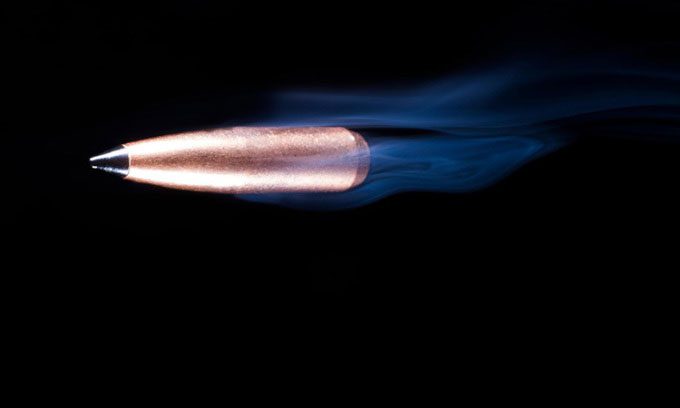New Material Developed from Protein Exhibits Shock Absorption Properties, Offering Potential Applications in Defense and Aerospace.
A team of experts at the University of Kent (UK), led by Professor Ben Goult and Jen Hiscock, has created a new material capable of absorbing impacts at supersonic speeds, as reported by Interesting Engineering on December 15. This material is expected to play a crucial role in the development of various devices for the aerospace and defense sectors. The new research was published in the bioRxiv database.

Scientists have developed a new type of material that can withstand supersonic impacts. (Photo: Depositphotos).
The New Material Developed Based on Protein, Named Talin Shock Absorbing Material (TSAM). According to the research team, this is the first example of synthesized biological material (SynBio) capable of absorbing impacts at supersonic speeds. It has the potential to be used in bulletproof vests and impact-capturing systems, aiding in the study of extreme high-speed collisions in space and the upper atmosphere.
The research team focused on talin protein, which is responsible for the natural shock absorption capabilities of cells. The study revealed that this molecule possesses a series of “double transition regions,” which can open under tensile stress and fold back when the tension decreases.
“The reaction to this force gives talin molecular shock absorption properties, protecting human cells from the effects of significant force changes. When polymerizing talin into TSAM, we found that the shock-absorbing properties of the talin monomer were transferred to the new material, endowing it with exceptional characteristics,” Goult stated.
The research team tested the new material and discovered it can withstand supersonic impacts of 5,400 km/h. This speed exceeds that of particles in space colliding with natural and artificial objects (typically over 3,600 km/h) and the muzzle velocity of handguns (usually around 1,440 – 3,600 km/h).

















































